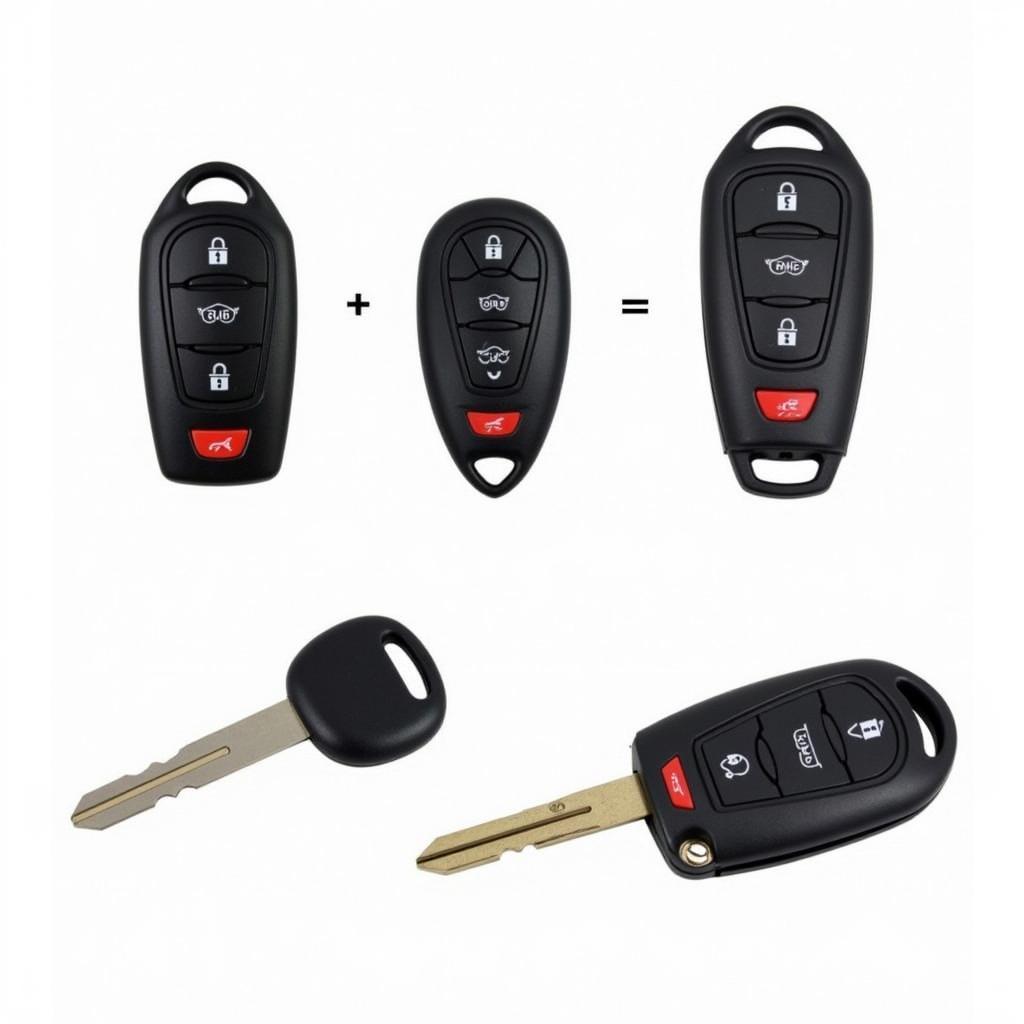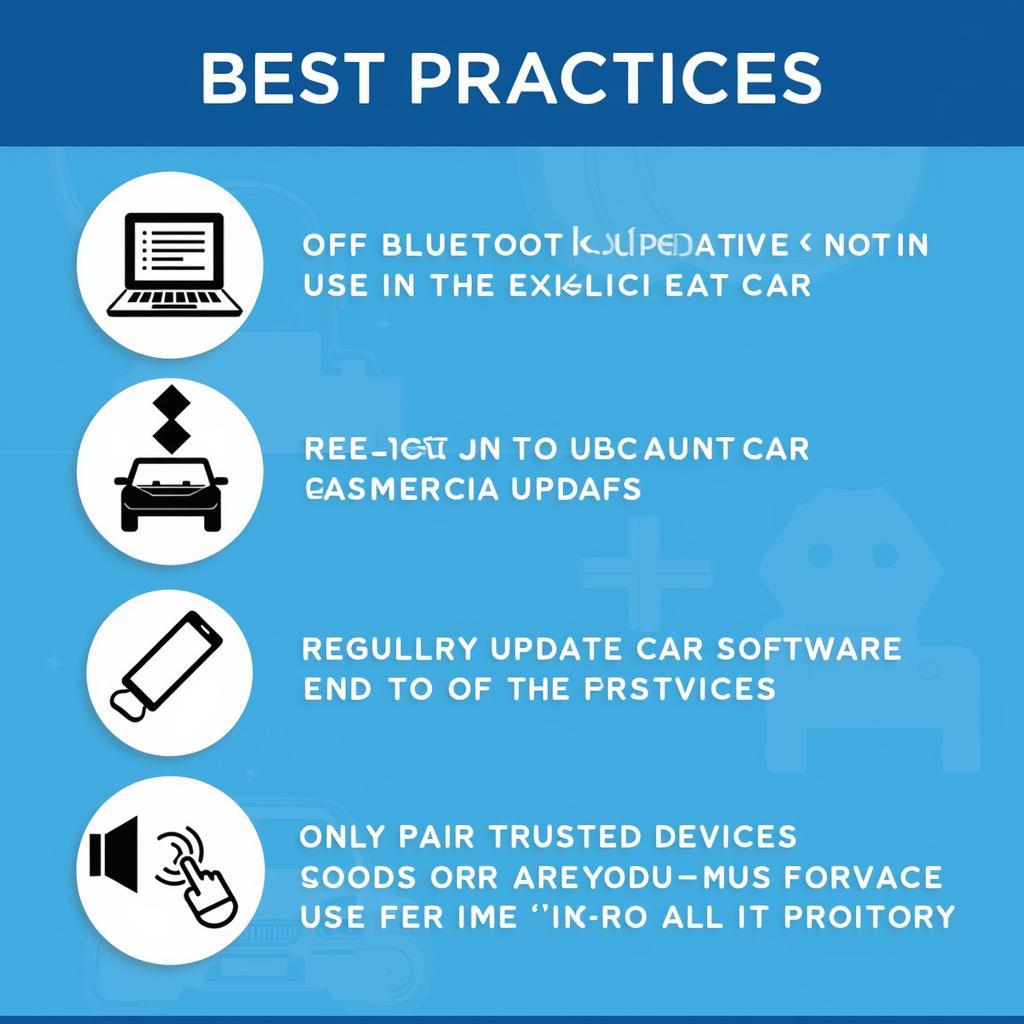The saturn vue brake warning light can be a frustrating experience, signaling anything from a simple issue to a more complex problem. This guide will help you understand the common causes, diagnostic procedures, and solutions for a Saturn Vue brake warning light, empowering you to address the issue effectively.
One of the most common reasons for the brake warning light to illuminate is low brake fluid. This is often easily remedied by adding brake fluid, but it’s crucial to investigate why the fluid is low. A leak in the brake lines is a serious safety concern and should be addressed immediately by a qualified mechanic. 2006 saturn vue brake warning light stay on provides further details on this issue. Ignoring this light could lead to brake failure, putting you and others at risk.
Decoding the Warning: Different Light Behaviors
The saturn vue brake warning light can behave differently, indicating various problems. A steady light might suggest low brake fluid, while a flashing light could point to a more serious issue with the ABS (Anti-lock Braking System). 2005 saturn vue brake warning light and abs light offers more information about the relationship between the brake warning light and the ABS light. Understanding these variations is critical to accurate diagnosis.
Why is My Saturn Vue Brake Warning Light On?
Several factors can cause the saturn vue brake warning light to come on. Here are a few common culprits:
- Worn Brake Pads: Brake pads wear down over time. Thin brake pads trigger a sensor that activates the warning light.
- Faulty Brake Sensor: The sensor itself can malfunction, illuminating the light even if the brake pads are fine.
- ABS Issues: Problems within the ABS, such as a faulty wheel speed sensor, can trigger the brake warning light.
- Parking Brake Engaged: Sometimes, the simplest solution is the correct one! Make sure the parking brake isn’t engaged.
“A surprising number of brake light issues stem from something as simple as the parking brake being partially engaged,” says John Miller, a seasoned automotive diagnostician with over 20 years of experience. “Always check the obvious first.”
Diagnosing the Problem: A Step-by-Step Guide
- Check the Parking Brake: Ensure the parking brake is fully disengaged.
- Inspect Brake Fluid Level: Look at the brake fluid reservoir. If it’s low, add brake fluid and check for leaks. 2008 saturn vue brake warning lights offers guidance on identifying different brake light issues.
- Check Brake Pads: Visually inspect the brake pads through the wheel spokes. If they look thin, they likely need replacing.
Remote Diagnostics and Software Solutions
Modern technology allows for remote diagnostics and software updates to address certain brake system issues. While some problems still require hands-on repair, remote solutions can be convenient and efficient. For instance, a software update might be available to fix a glitch in the ABS system.
“Remote diagnostics have revolutionized the way we troubleshoot car problems,” explains Sarah Chen, a software engineer specializing in automotive applications. “We can often identify and even fix issues without the car ever entering a shop.” 2005 saturn vue brake warning light site www.saturnfans.com provides a valuable resource for Saturn owners.
Conclusion: Taking Action on Your Saturn Vue Brake Warning Light
The saturn vue brake warning light should never be ignored. Addressing the issue promptly ensures your safety and prevents further damage to your vehicle. By understanding the potential causes and following the diagnostic steps outlined in this guide, you can take the appropriate action, whether it’s a simple fix or a visit to a qualified mechanic. Remember, a functioning brake system is paramount for safe driving.
2006 saturn vue brake warning light provides additional information on this topic.



